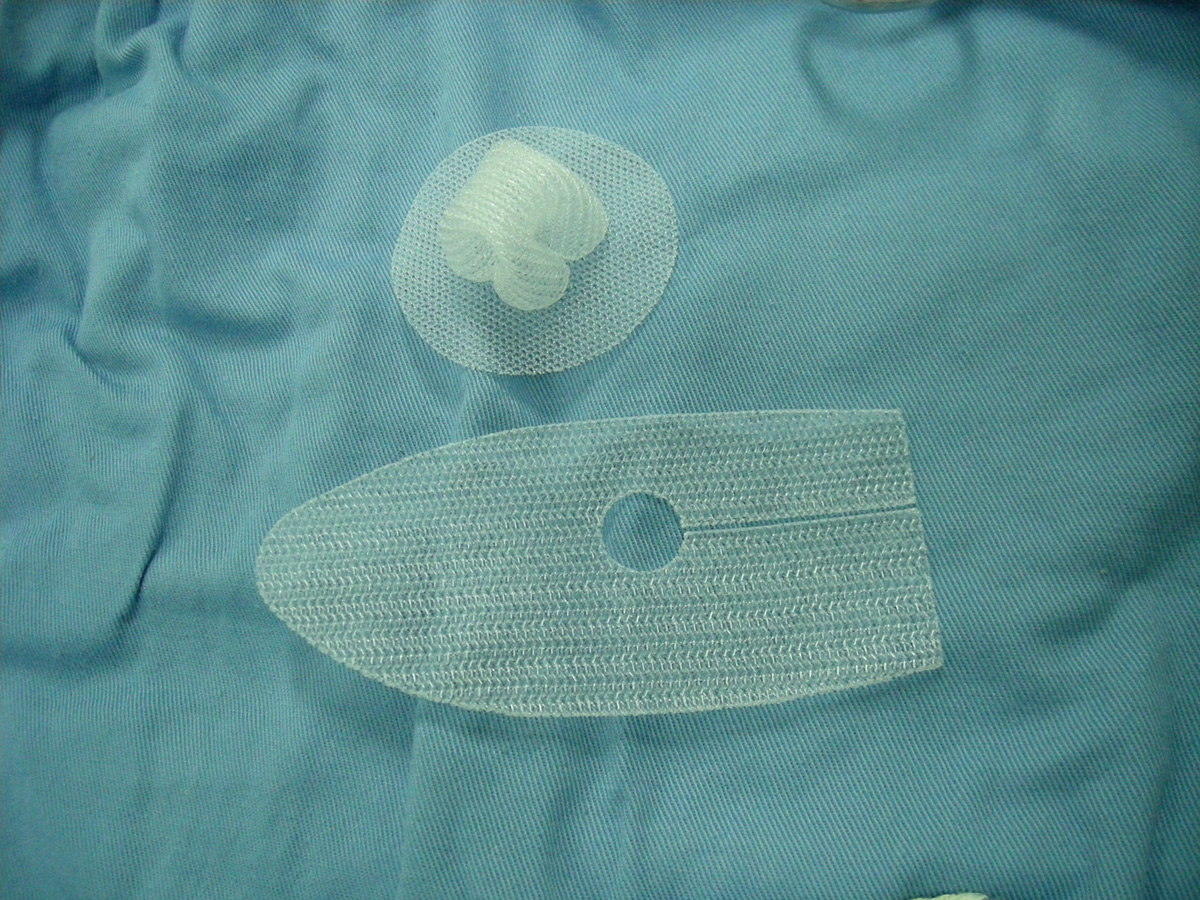
One of the conditions that are regarded as the surgical emergencies is incarcerated hernia. Incarcerated hernia is nothing else than the protrusion of an organ from its place. In other words, it can be explained as a movement from the place where it is supposed to be. Hernia appears in most cases when the contents bulge out from their place. Hernia in general appears in the abdominal areas, but it is different when we talk about incarcerated hernia, as it is used to describe other types of hernia. Hernia appears in various shapes and they include hiatal hernia, umbilical hernia and incision. But, apart from these types, there are two other incarcerated hernias.
Hernia that is called incarcerated is a hernia that is irreducible and that is obstructed. This types of hernia represents a severe type and it appears due to the stagnation and inflammation, or gangrene. Unfortunately, in some cases, this type of hernia can lead to death.
Incarcerated Hernia Causes
There are a lot of muscles that are in our body and their function is to hold the internal organs and to make sure that they are in their place. These muscles hold our intestines, stomach and make sure that they aren’t injured. If any of the organs moves from its original place, hernia appears. Men are more prone to hernia occurrence than women, but it does not mean that it cannot occur in them. Some of the factors that carry a risk from hernia appearance include genetics, premature birth, chronic cough, hard stool, heavy weight lifting, vomiting and pregnancy.
Incarcerated Hernia Symptoms
As this type of hernia can be very painful, one of the most obvious symptoms is severe pain. Other symptoms that appear due to the incarcerated hernia include severe budging in the stomach area and in groins. Pain has a tendency to increase when a person lifts something heavy and there is also a feeling of fullness and uneasiness because of the organ that it out of place.
Incarcerated Hernia Treatment
The first step for a person who experiences these symptoms is to visit a medical expert so that he can set a proper diagnosis. A patient may require some tests like abdominal X-ray and physical examination, and when a person is diagnosed, then a preparation for operation follows. It is a routine surgery procedure and the most common one includes a small incision on the skin, identifying of the organ that is out of its place and returning it behind the muscle wall. Finally, that place is stitched and the operation is over. The post operational period is very short and a patient may return to its regular life very fast, but he/she can't do any exercises in the following 5-6 weeks.



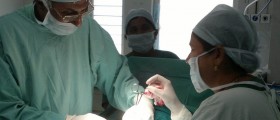


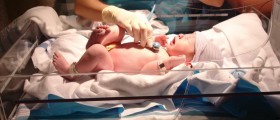



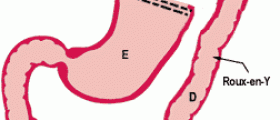



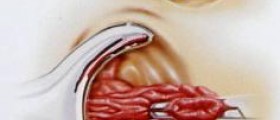


Your thoughts on this
Loading...